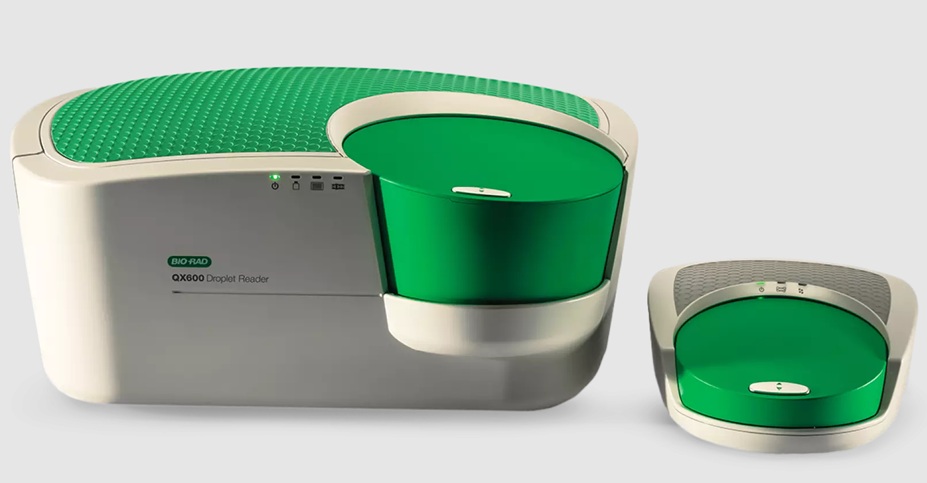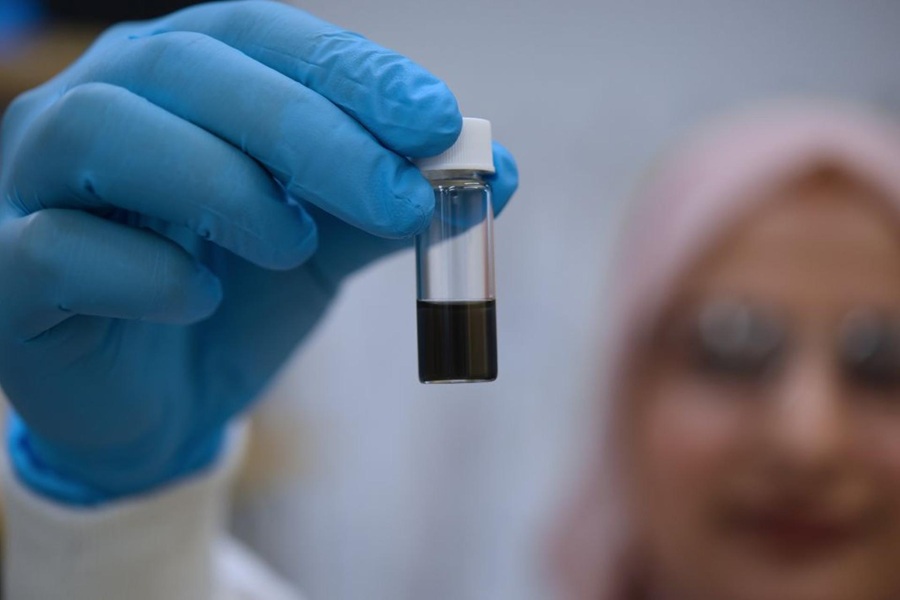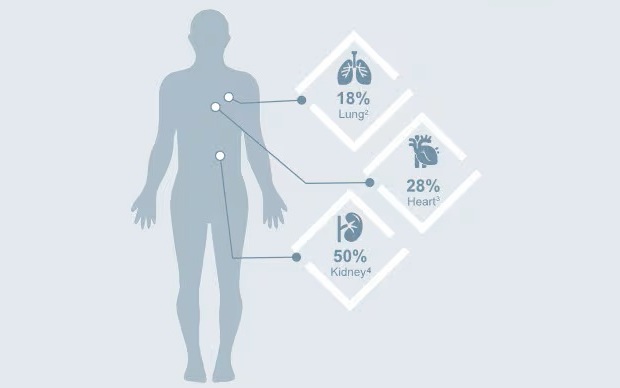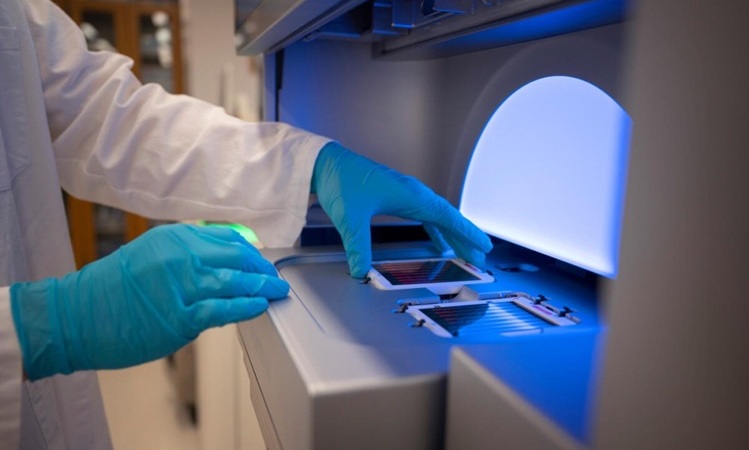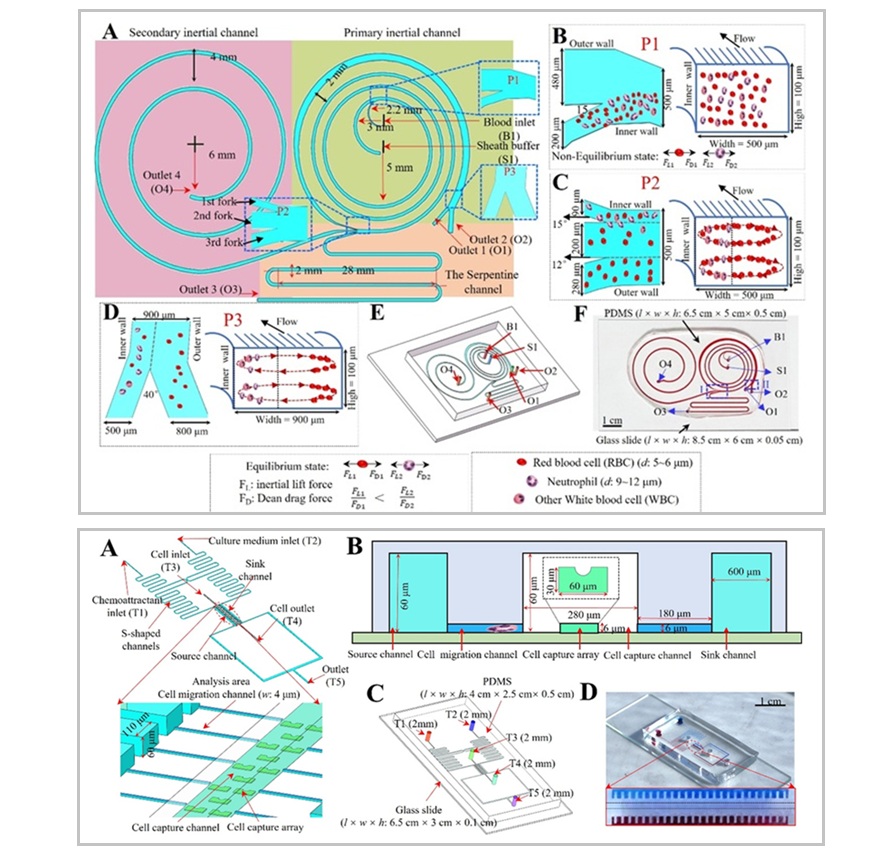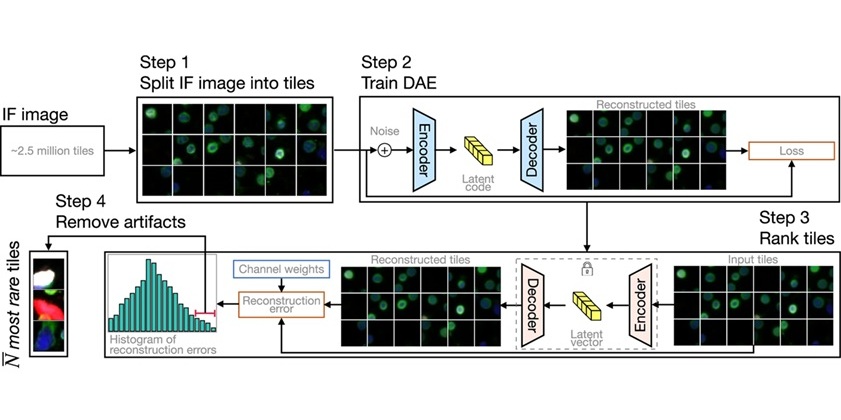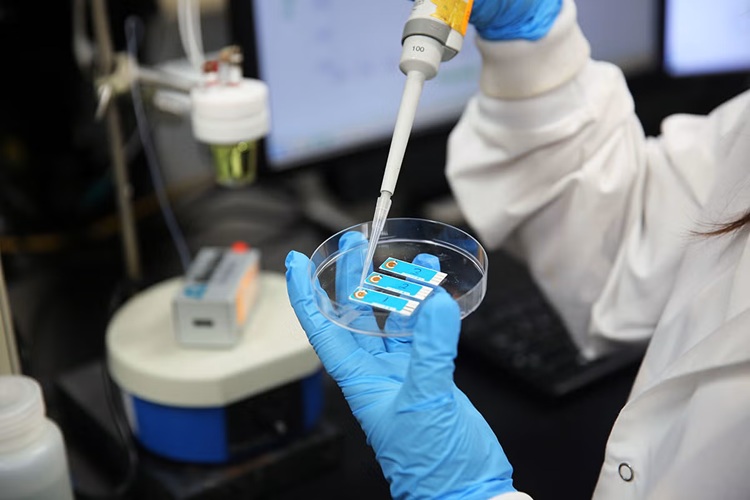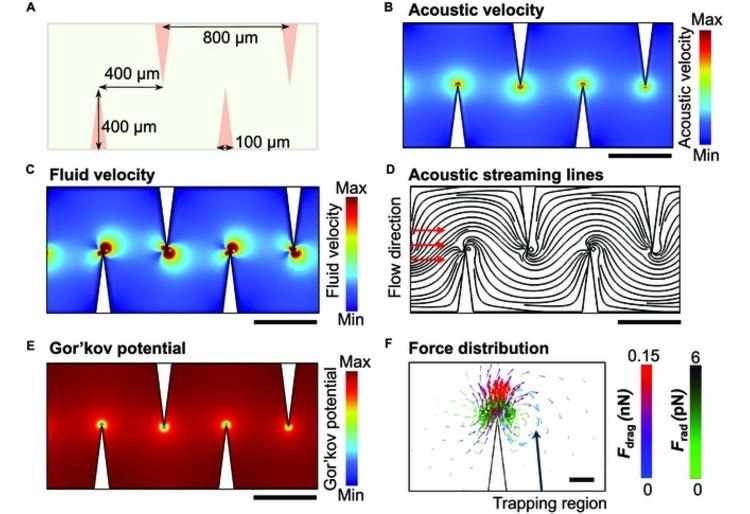Sensitive PCR Test Detects Early Stage Lyme Disease
|
By LabMedica International staff writers Posted on 19 Apr 2021 |
![Image: Darkfield photomicrograph (magnified 400x) showing the presence of the spirochaete Borrelia burgdorferi, which is the pathogen that causes Lyme disease (Photo courtesy of [U.S.] Centers for Disease Control and Prevention via Wikimedia Commons) Image: Darkfield photomicrograph (magnified 400x) showing the presence of the spirochaete Borrelia burgdorferi, which is the pathogen that causes Lyme disease (Photo courtesy of [U.S.] Centers for Disease Control and Prevention via Wikimedia Commons)](https://globetechcdn.com/mobile_labmedica/images/stories/articles/article_images/2021-04-19/GMS-027B.jpg)
Image: Darkfield photomicrograph (magnified 400x) showing the presence of the spirochaete Borrelia burgdorferi, which is the pathogen that causes Lyme disease (Photo courtesy of [U.S.] Centers for Disease Control and Prevention via Wikimedia Commons)
A highly sensitive blood test detects the bacteria that causes Lyme disease in early stages of the infection, when treatment can prevent the development of serious or fatal consequences of the chronic disease.
The successful treatment of Lyme disease (LD) is contingent on accurate diagnosis. However, current laboratory detection assays lack sensitivity in the early stages of the disease. Since delayed diagnosis of LD can result in high healthcare costs and great suffering to the patient, new highly sensitive tests are needed.
In this regard, investigators at the University of Leicester (United Kingdom) developed an internally controlled quantitative PCR test that targeted the multicopy terminase large subunit (terL) gene encoded by prophages that are only found in LD-causing bacteria. A prophage is a bacteriophage genome inserted and integrated into the circular bacterial DNA chromosome or present as an extrachromosomal plasmid. This is a latent form of a phage, in which the viral genes are present in the bacterium without causing disruption of the bacterial cell.
The newly developed Ter-qPCR test was based on the polymerase chain reaction (PCR), which amplifies small amounts of specific genetic material so that it can be detected. To increase the sensitivity of the test for detection of Borrelia burgdorferi, the causative agents of Lyme disease, the investigators adapted it to be specific for the prophage terL gene. The terL protein helps phages package their DNA.
The diagnostic potential of the Ter-qPCR test was evaluated using a set of blood and serum samples collected from healthy volunteers and individuals who were clinically diagnosed with Lyme disease. Results revealed that the detection limit of the Ter-qPCR test was estimated to be 22 copies, the equivalent of one bacterial cell in a bacteria spiked blood sample. Furthermore, significant quantitative differences were observed in terms of the amount of terL detected in healthy individuals and patients with either early or late Lyme disease.
"Early diagnosis of Lyme disease is absolutely vital in reducing suffering, because early Lyme can be treated, but late Lyme is very difficult to treat," said first author Dr. Jinyu Shan, a researcher in the department of respiratory sciences at the University of Leicester. "Current tests cannot typically detect the low numbers of bacteria in early-stage patient blood samples. Our goal was to design a highly sensitive test to help doctors to identify Lyme disease as early as possible. We are currently working with a commercial partner, and investigating regulatory issues and the potential for a clinical trial for this technology."
The Ter-qPCR test was described in the March 15, 2021, online edition of the journal Frontiers in Microbiology.
Related Links:
University of Leicester
The successful treatment of Lyme disease (LD) is contingent on accurate diagnosis. However, current laboratory detection assays lack sensitivity in the early stages of the disease. Since delayed diagnosis of LD can result in high healthcare costs and great suffering to the patient, new highly sensitive tests are needed.
In this regard, investigators at the University of Leicester (United Kingdom) developed an internally controlled quantitative PCR test that targeted the multicopy terminase large subunit (terL) gene encoded by prophages that are only found in LD-causing bacteria. A prophage is a bacteriophage genome inserted and integrated into the circular bacterial DNA chromosome or present as an extrachromosomal plasmid. This is a latent form of a phage, in which the viral genes are present in the bacterium without causing disruption of the bacterial cell.
The newly developed Ter-qPCR test was based on the polymerase chain reaction (PCR), which amplifies small amounts of specific genetic material so that it can be detected. To increase the sensitivity of the test for detection of Borrelia burgdorferi, the causative agents of Lyme disease, the investigators adapted it to be specific for the prophage terL gene. The terL protein helps phages package their DNA.
The diagnostic potential of the Ter-qPCR test was evaluated using a set of blood and serum samples collected from healthy volunteers and individuals who were clinically diagnosed with Lyme disease. Results revealed that the detection limit of the Ter-qPCR test was estimated to be 22 copies, the equivalent of one bacterial cell in a bacteria spiked blood sample. Furthermore, significant quantitative differences were observed in terms of the amount of terL detected in healthy individuals and patients with either early or late Lyme disease.
"Early diagnosis of Lyme disease is absolutely vital in reducing suffering, because early Lyme can be treated, but late Lyme is very difficult to treat," said first author Dr. Jinyu Shan, a researcher in the department of respiratory sciences at the University of Leicester. "Current tests cannot typically detect the low numbers of bacteria in early-stage patient blood samples. Our goal was to design a highly sensitive test to help doctors to identify Lyme disease as early as possible. We are currently working with a commercial partner, and investigating regulatory issues and the potential for a clinical trial for this technology."
The Ter-qPCR test was described in the March 15, 2021, online edition of the journal Frontiers in Microbiology.
Related Links:
University of Leicester
Latest Molecular Diagnostics News
- New Diagnostic Method Detects Pneumonia at POC in Low-Resource Settings
- Blood Immune Cell Analysis Detects Parkinson’s Before Symptoms Appear
- New Diagnostic Marker for Ovarian Cancer to Enable Early Disease Detection

- Urine Test Detects Early Stage Pancreatic Cancer
- Genomic Test Could Reduce Lymph Node Biopsy Surgery in Melanoma Patients
- Urine Test Could Replace Painful Kidney Biopsies for Lupus Patients
- Blood Test Guides Post-Surgical Immunotherapy for Muscle-Invasive Bladder Cancer
- Mitochondrial DNA Mutations from Kidney Stressors Could Predict Future Organ Decline
- Blood Test Could Predict Bariatric Surgery Outcomes in Teenagers
- ctDNA Blood Test to Help Personalize Postsurgical Colon Cancer Treatment
- AI Powered Blood Test Predicts Suicide Risk in Bipolar Patients
- DNA Sensor Enables Molecular Detection from Single Blood Drop
- DNA-Powered Test Accurately Detects E. Coli Lookalike Bacteria
- World’s Fastest DNA Sequencing Technique to Revolutionize NICU Genomic Care
- Blood Test Uses Cell-Free DNA to Detect ALS Faster and More Accurately
- Multi-Cancer Early Detection Blood Test Increases Cancer Detection
Channels
Clinical Chemistry
view channel
VOCs Show Promise for Early Multi-Cancer Detection
Early cancer detection is critical to improving survival rates, but most current screening methods focus on individual cancer types and often involve invasive procedures. This makes it difficult to identify... Read more
Portable Raman Spectroscopy Offers Cost-Effective Kidney Disease Diagnosis at POC
Kidney disease is typically diagnosed through blood or urine tests, often when patients present with symptoms such as blood in urine, shortness of breath, or weight loss. While these tests are common,... Read moreHematology
view channel
ADLM’s New Coagulation Testing Guidance to Improve Care for Patients on Blood Thinners
Direct oral anticoagulants (DOACs) are one of the most common types of blood thinners. Patients take them to prevent a host of complications that could arise from blood clotting, including stroke, deep... Read more
Viscoelastic Testing Could Improve Treatment of Maternal Hemorrhage
Postpartum hemorrhage, severe bleeding after childbirth, remains one of the leading causes of maternal mortality worldwide, yet many of these deaths are preventable. Standard care can be hindered by delays... Read more
Pioneering Model Measures Radiation Exposure in Blood for Precise Cancer Treatments
Scientists have long focused on protecting organs near tumors during radiotherapy, but blood — a vital, circulating tissue — has largely been excluded from dose calculations. Each blood cell passing through... Read moreImmunology
view channel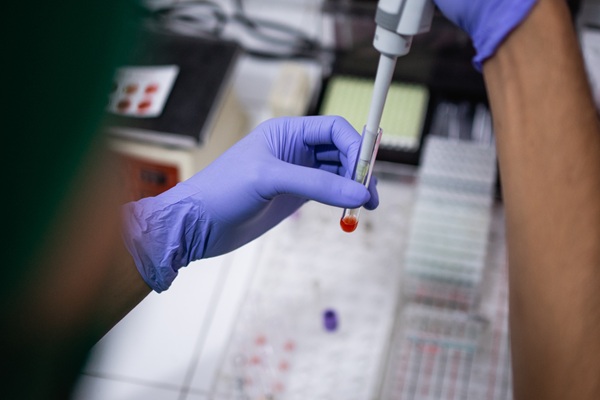
Blood-Based Liquid Biopsy Model Analyzes Immunotherapy Effectiveness
Immunotherapy has revolutionized cancer care by harnessing the immune system to fight tumors, yet predicting who will benefit remains a major challenge. Many patients undergo costly and taxing treatment... Read more
Signature Genes Predict T-Cell Expansion in Cancer Immunotherapy
Modern cancer immunotherapies rely on the ability of CD8⁺ T cells to rapidly multiply within tumors, generating the immune force needed to eliminate cancer cells. However, the biological triggers behind... Read moreMicrobiology
view channel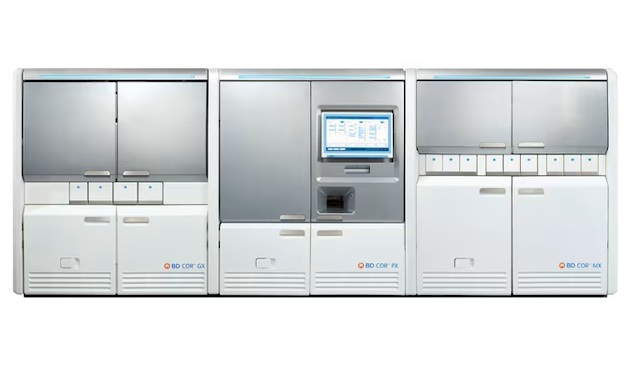
High-Throughput Enteric Panels Detect Multiple GI Bacterial Infections from Single Stool Swab Sample
Gastrointestinal (GI) infections are among the most common causes of illness worldwide, leading to over 1.7 million deaths annually and placing a heavy burden on healthcare systems. Conventional diagnostic... Read more
Fast Noninvasive Bedside Test Uses Sugar Fingerprint to Detect Fungal Infections
Candida bloodstream infections are a growing global health threat, causing an estimated 6 million cases and 3.8 million deaths annually. Hospitals are particularly vulnerable, as weakened patients after... Read morePathology
view channel
New Molecular Analysis Tool to Improve Disease Diagnosis
Accurately distinguishing between similar biomolecules such as proteins is vital for biomedical research and diagnostics, yet existing analytical tools often fail to detect subtle structural or compositional... Read more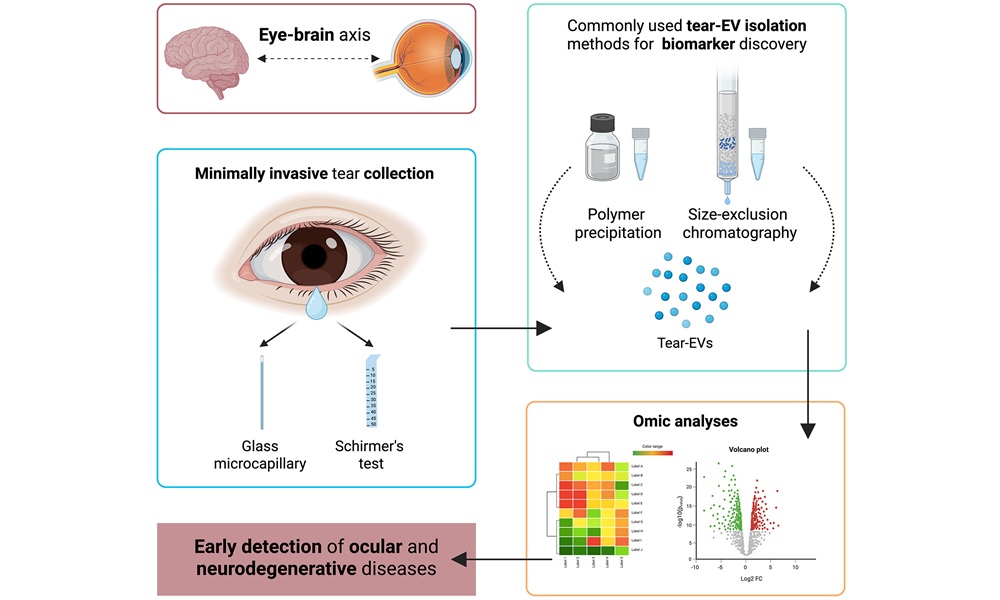
Tears Offer Noninvasive Alternative for Diagnosing Neurodegenerative Diseases
Diagnosing and monitoring eye and neurodegenerative diseases often requires invasive procedures to access ocular fluids. Ocular fluids like aqueous humor and vitreous humor contain valuable molecular information... Read moreTechnology
view channel
Cell-Sorting Device Uses Electromagnetic Levitation to Precisely Direct Cell Movement
Sorting different cell types—such as cancerous versus healthy or live versus dead cells—is a critical task in biology and medicine. However, conventional methods often require labeling, chemical exposure,... Read more
Embedded GPU Platform Enables Rapid Blood Profiling for POC Diagnostics
Blood tests remain a cornerstone of medical diagnostics, but traditional imaging and analysis methods can be slow, costly, and reliant on dyes or contrast agents. Now, scientists have developed a real-time,... Read moreIndustry
view channel
Qiagen Acquires Single-Cell Omics Firm Parse Biosciences
QIAGEN (Venlo, Netherlands) has entered into a definitive agreement to fully acquire Parse Biosciences (Seattle, WA, USA), a provider of scalable, instrument-free solutions for single-cell research.... Read more
Puritan Medical Products Showcasing Innovation at AMP2025 in Boston
Puritan Medical Products (Guilford, ME, USA), the world’s most trusted manufacturer of swabs and specimen collection devices, is set to exhibit at AMP2025 in Boston, Massachusetts, from November 11–15.... Read more
Advanced Instruments Merged Under Nova Biomedical Name
Advanced Instruments (Norwood, MA, USA) and Nova Biomedical (Waltham, MA, USA) are now officially doing business under a single, unified brand. This transformation is expected to deliver greater value... Read more